We can clearly see its chevet and bell tower. Note that, although it is a Romanesque church and therefore very old, it was completely restored between 1900 and 1905, only twenty years before Fernand Laval painted it. The church appears through the trees with almost bare branches, which places the scene at the very beginning of spring. We recognize the characteristic silhouette of Romanesque churches, squat, with modestly sized openings. The color of the stone blends in in places with that of the support. The artist proceeded by successive additions of shades, which gives a particular relief to the work.
The work is signed and dated 1926 at the bottom left. The painter also wrote "Montmartre" at the bottom center of his painting.
The artist
Fernand Laval is a French painter born in 1886, primarily associated with the Montmartre district, a mecca of Parisian artistic bohemia at the beginning of the 20th century. Trained as a painter in the academic tradition, he quickly turned to a freer approach, inspired by street life, cafés, squares, and the picturesque staircases of the Butte. Having settled permanently in Montmartre, he found his main source of inspiration there: the whitewashed facades, narrow streets, and popular atmosphere of this then-bustling district. There, he frequented many artists and writers, and became friends with Maurice Utrillo, with whom he shared a taste for depicting the poetry of everyday life and the singular soul of this urban landscape.
Laval exhibited regularly in Parisian salons, notably at the Salon des Indépendants, where his work was appreciated for its sincerity and fidelity to the spirit of Montmartre. His paintings, often imbued with softness, favor the simplicity of forms and the truth of places. Until his death in 1966, Fernand Laval remained attached to the Butte, of which he left a profoundly human and poetic vision.
Work visible at the gallery (07240)
Shipping: contact us for shipping costs in France and abroad.


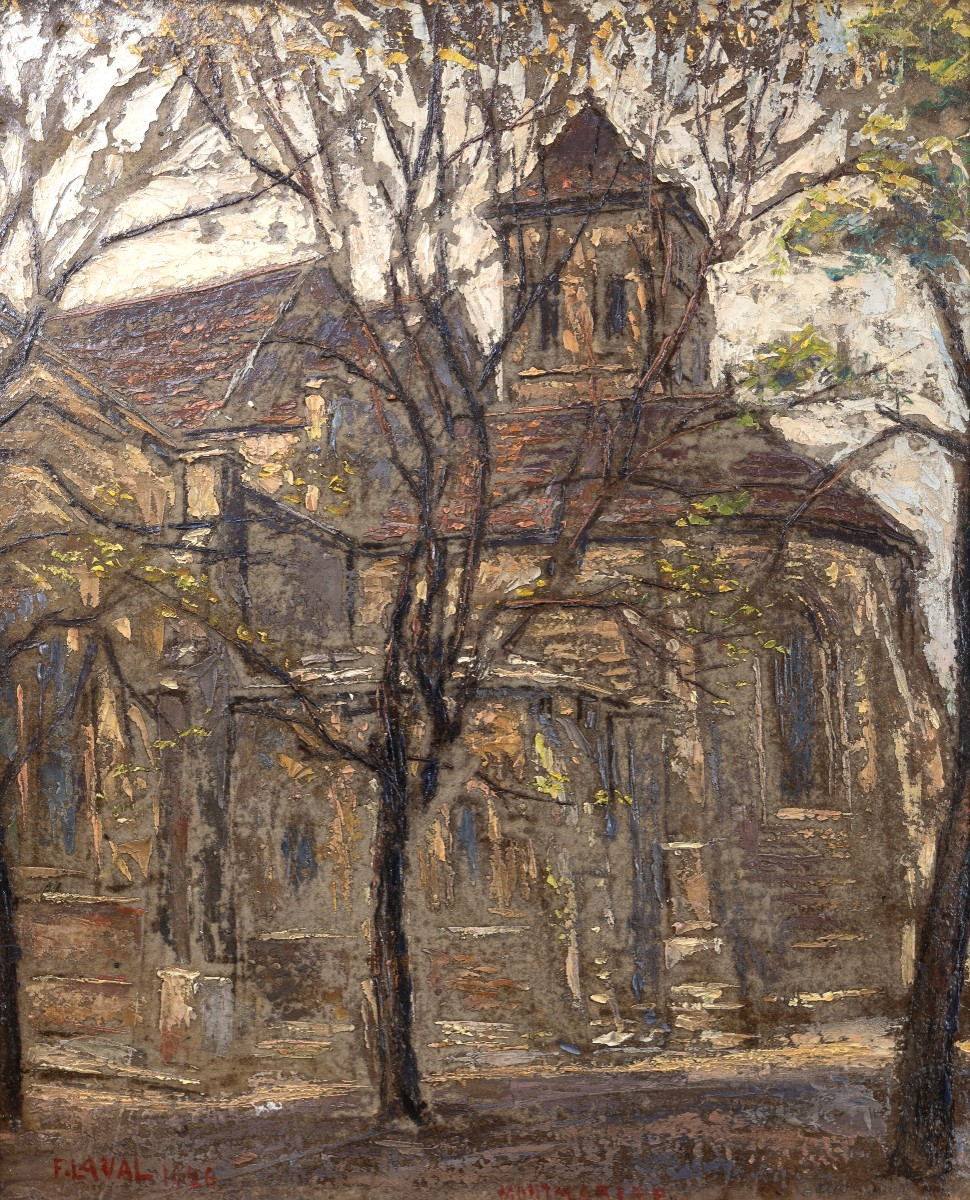

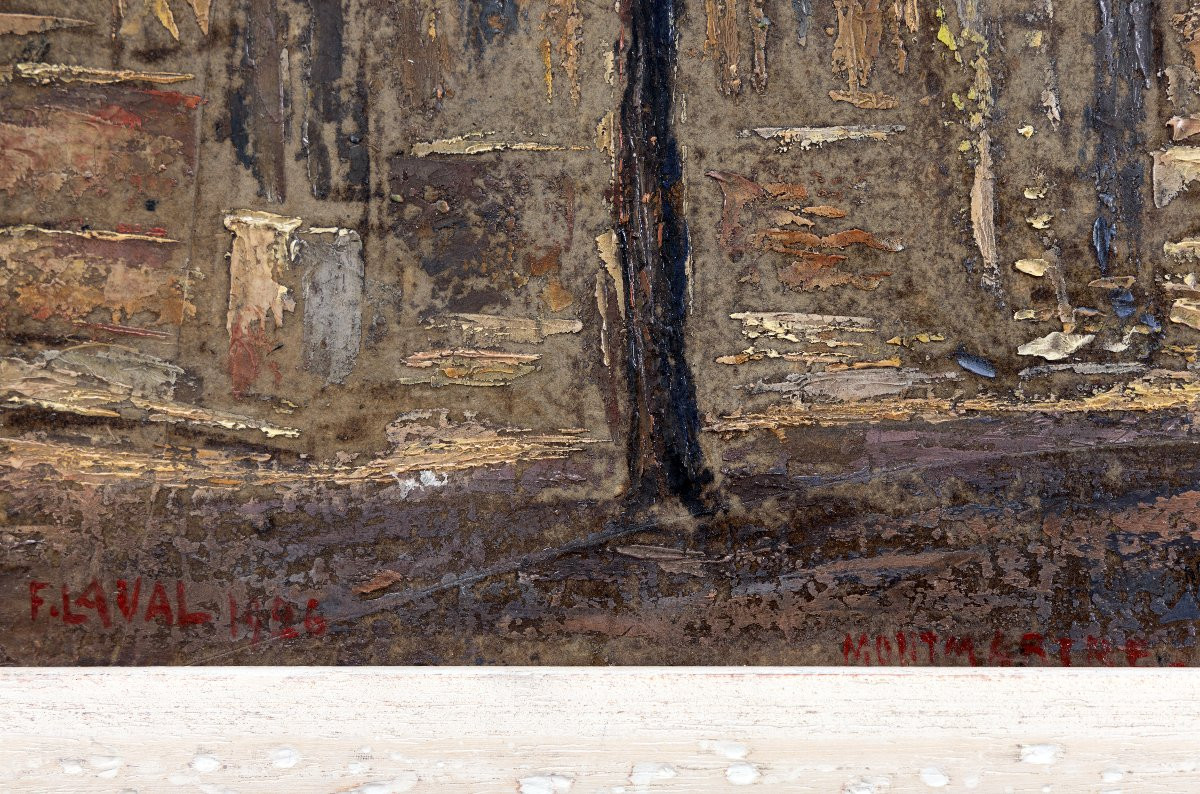
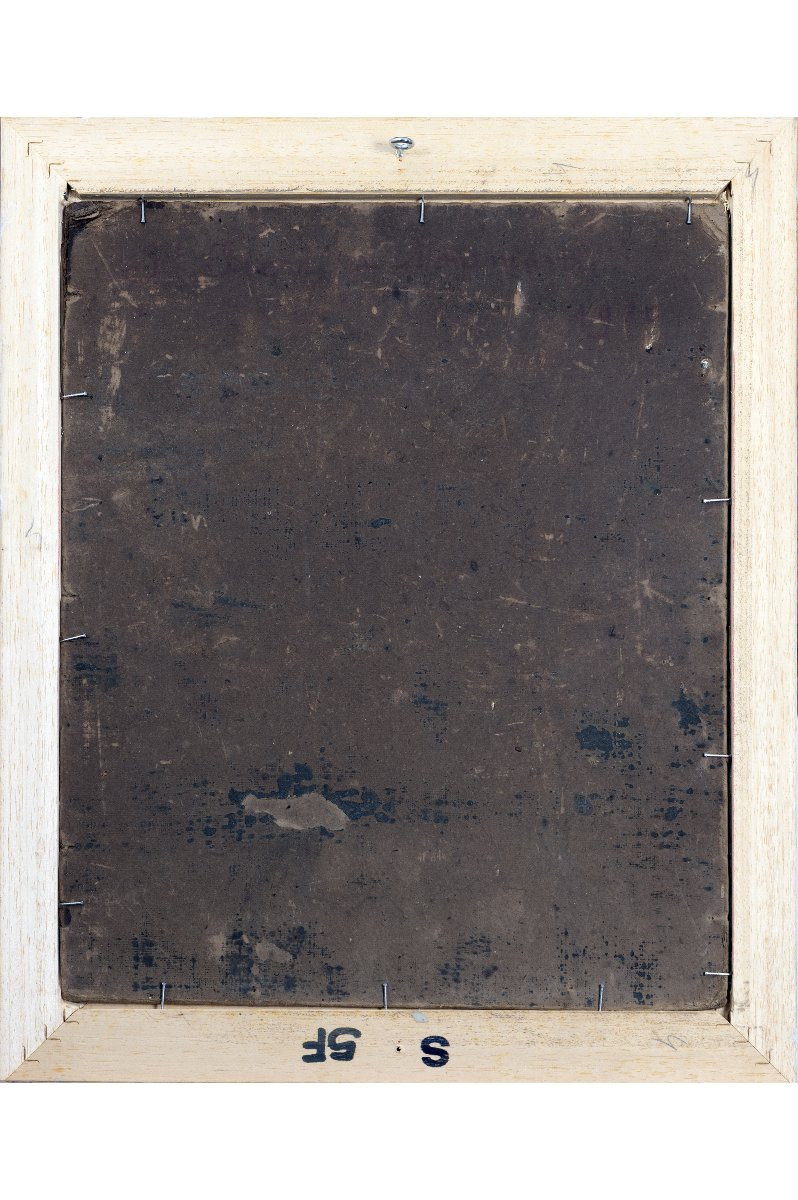
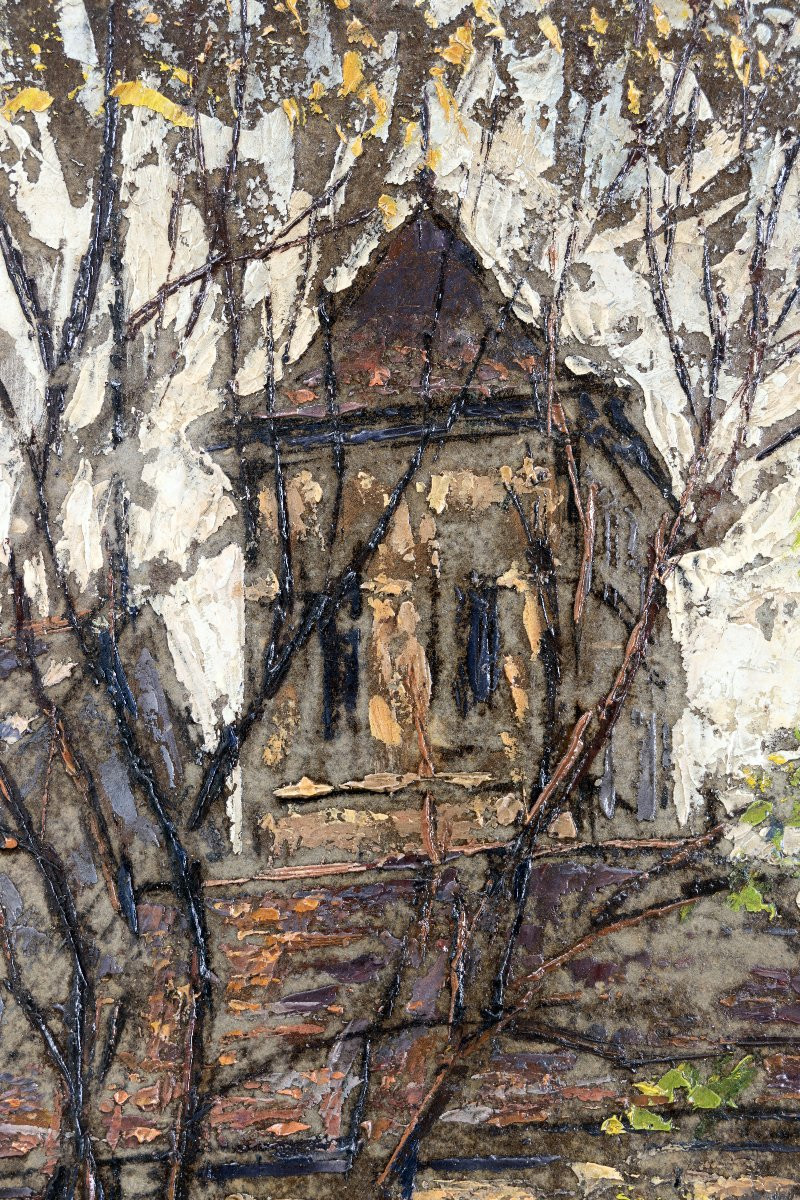
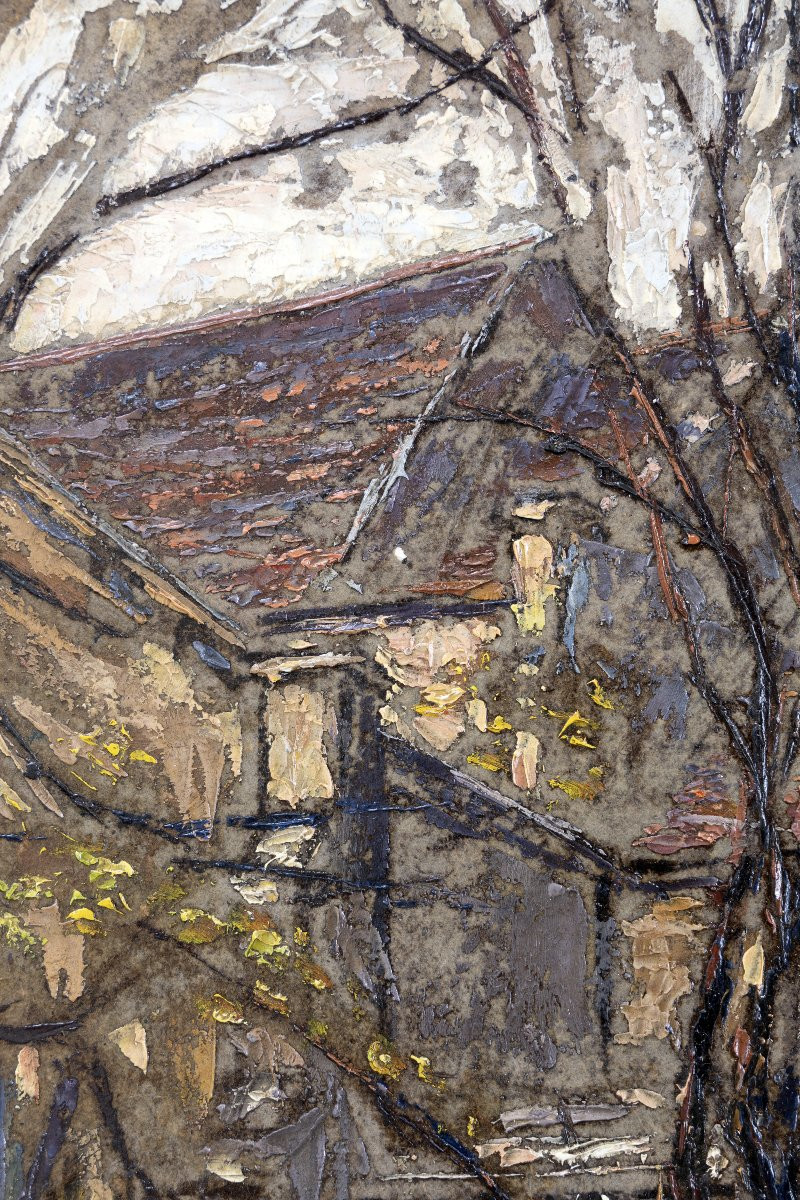
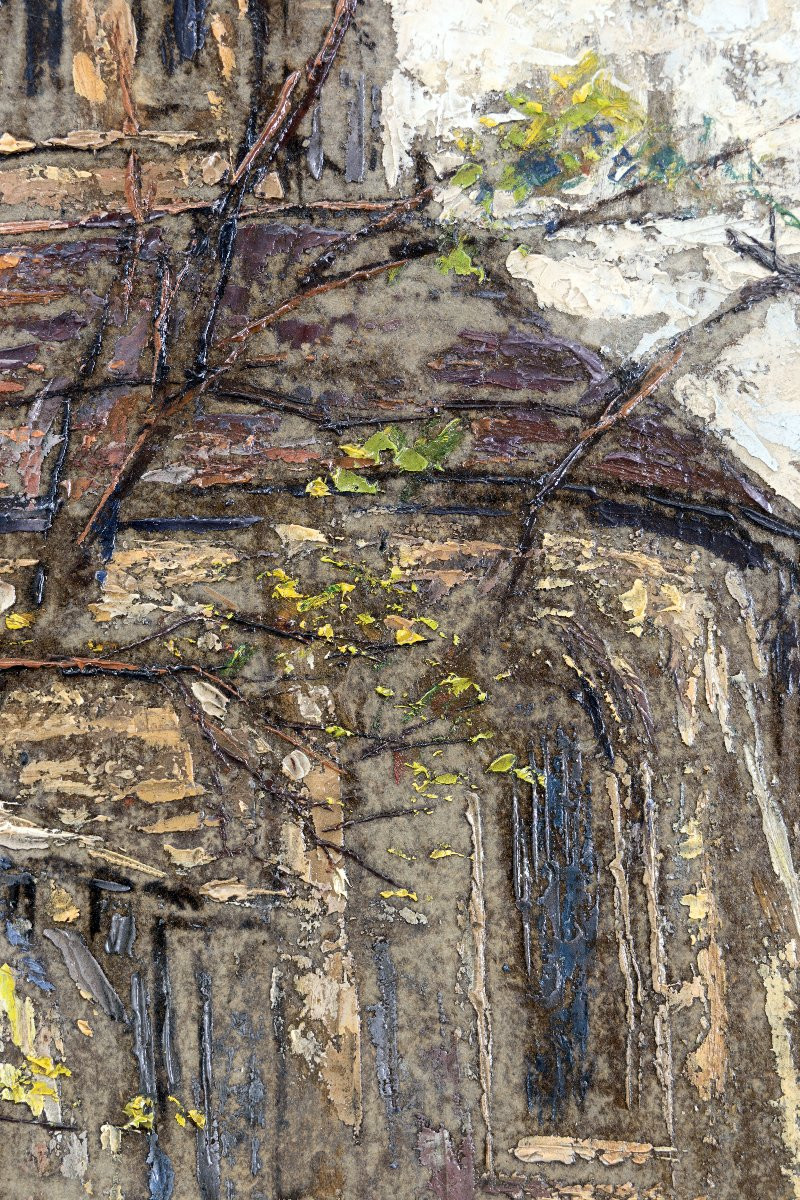
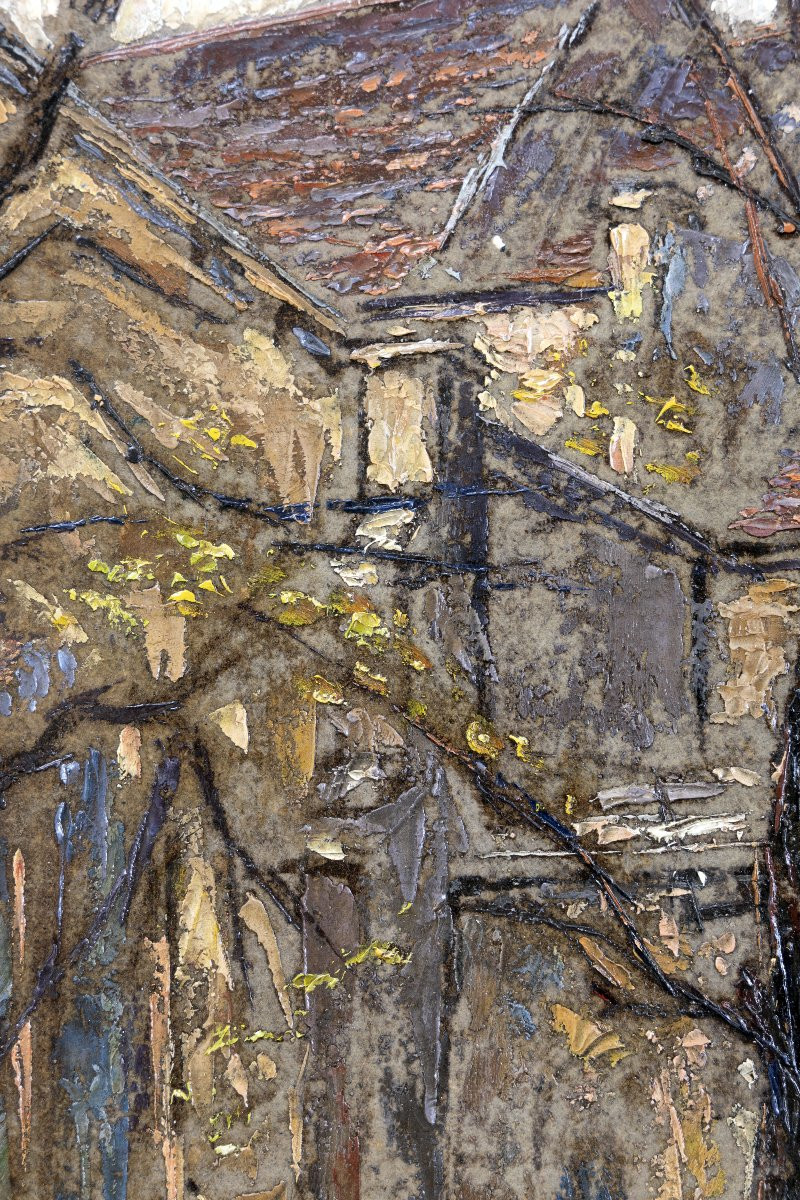
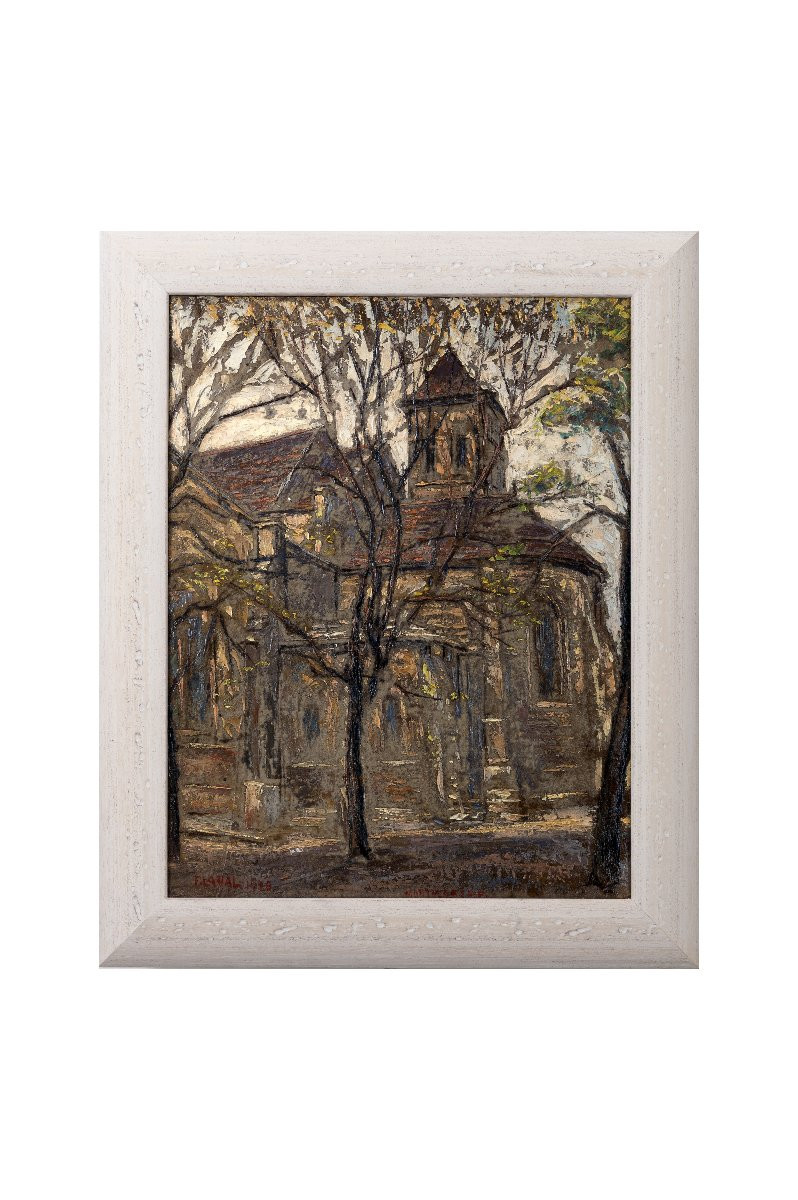
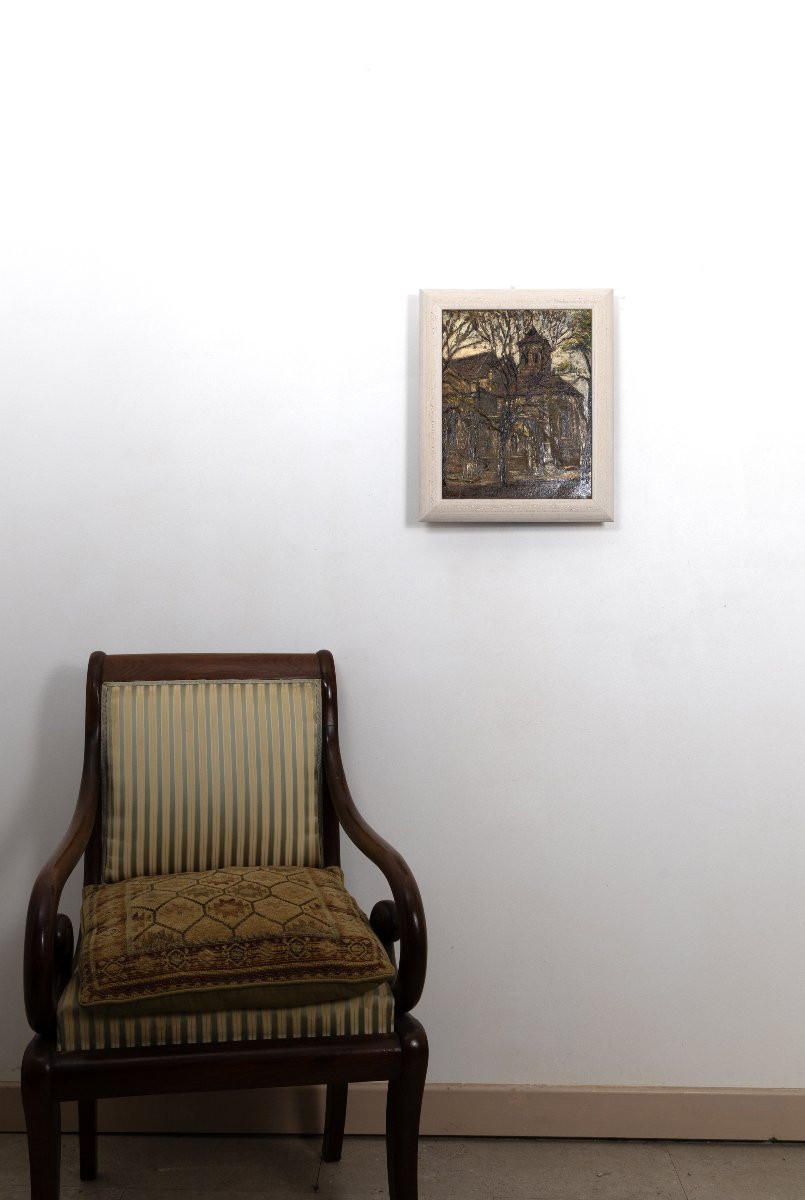




















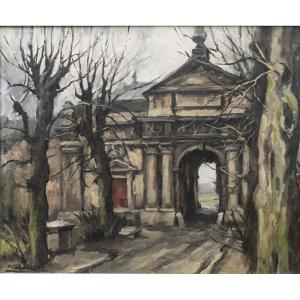





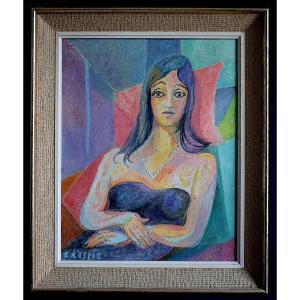


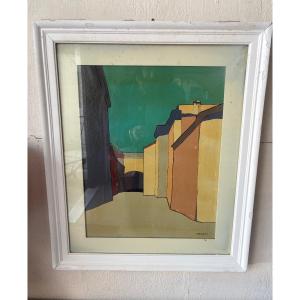




 Le Magazine de PROANTIC
Le Magazine de PROANTIC TRÉSORS Magazine
TRÉSORS Magazine Rivista Artiquariato
Rivista Artiquariato